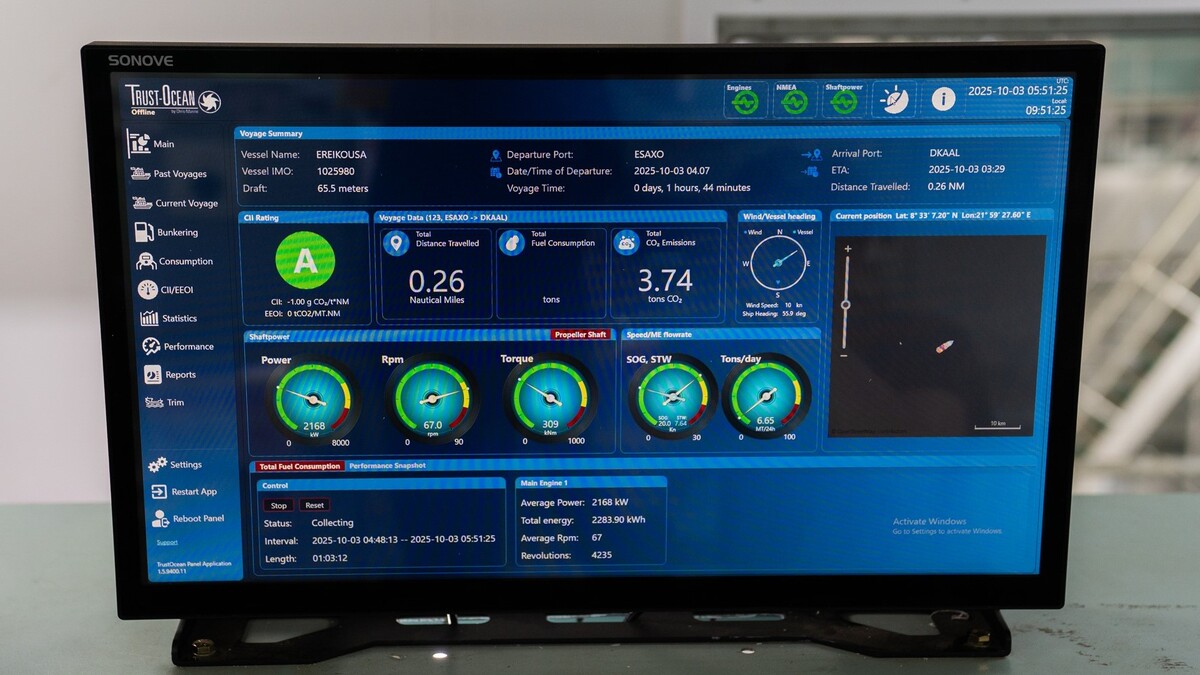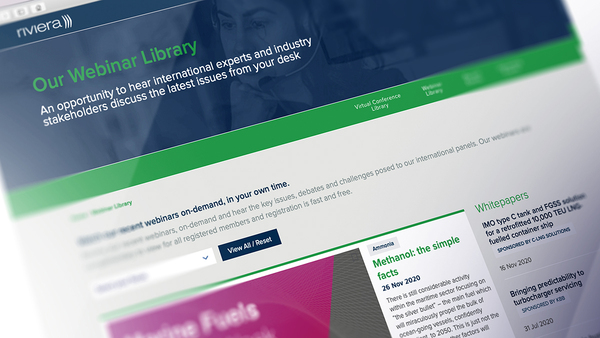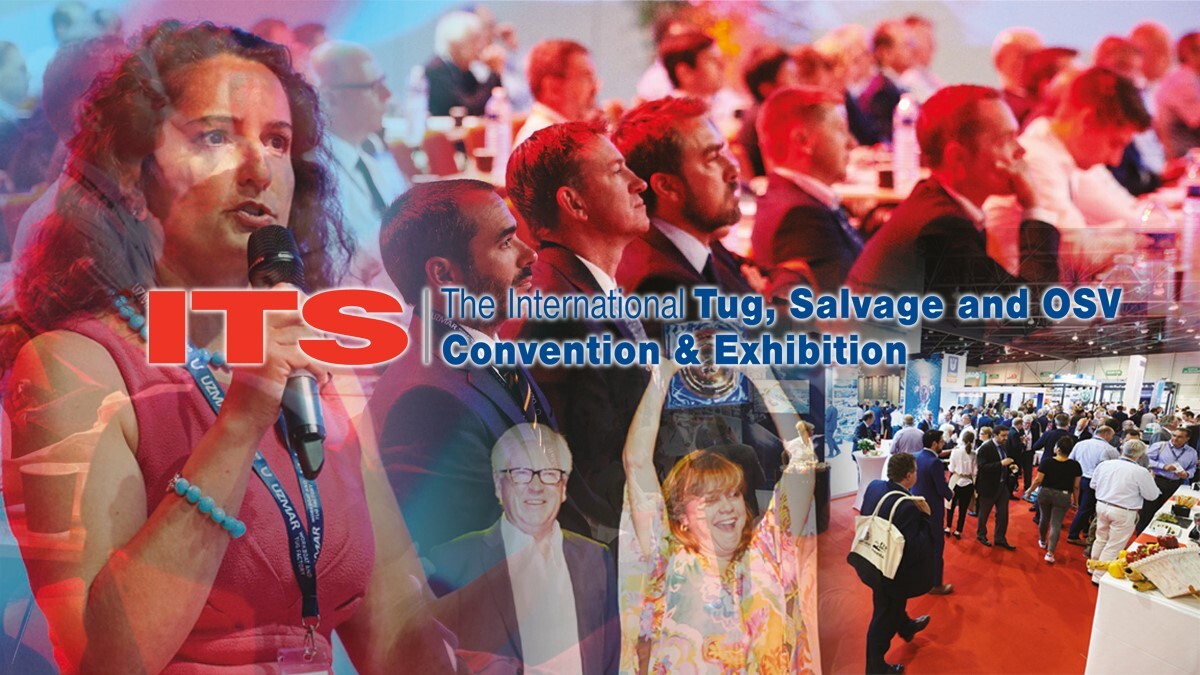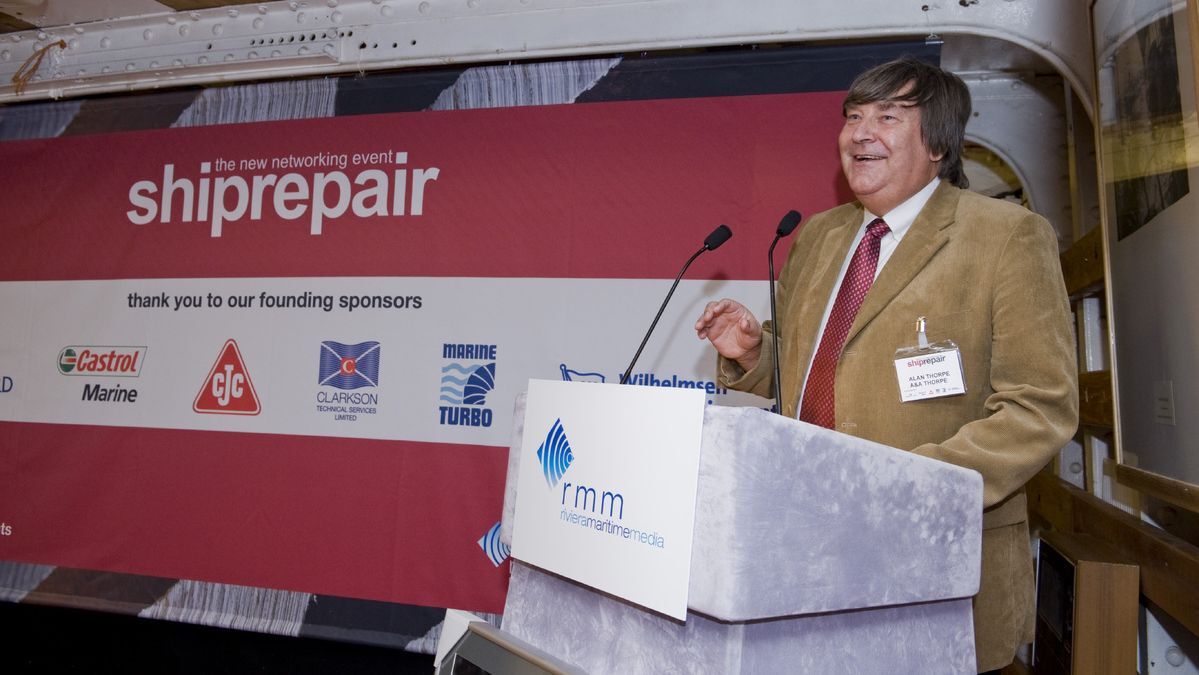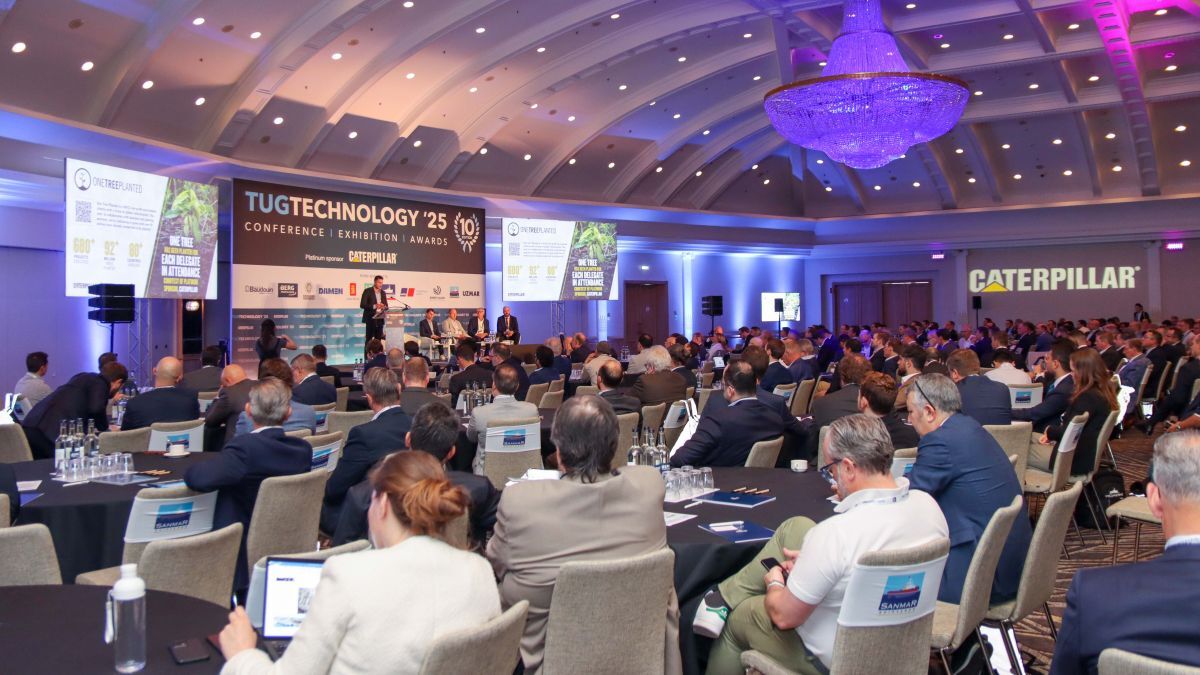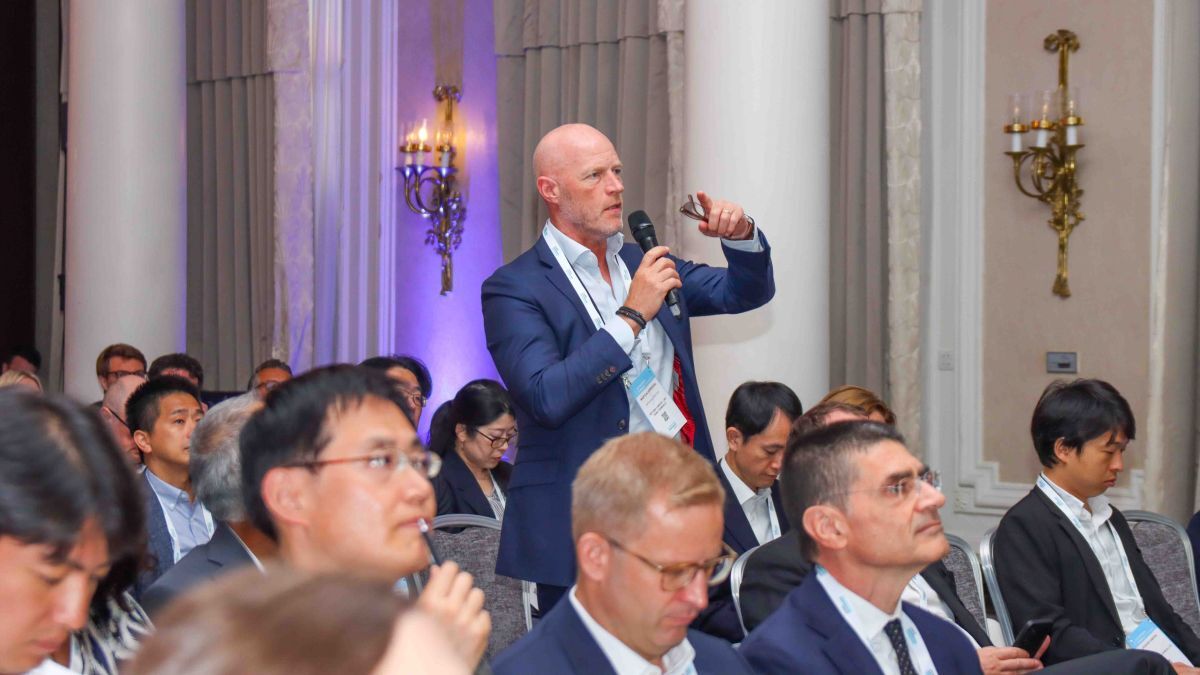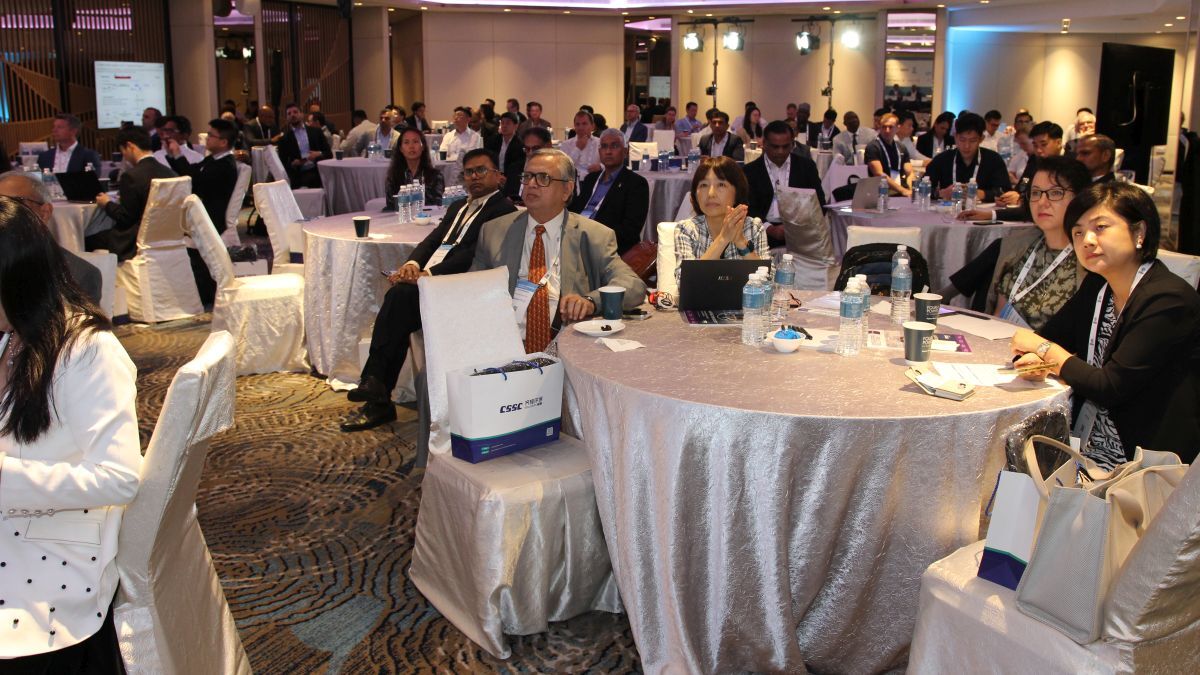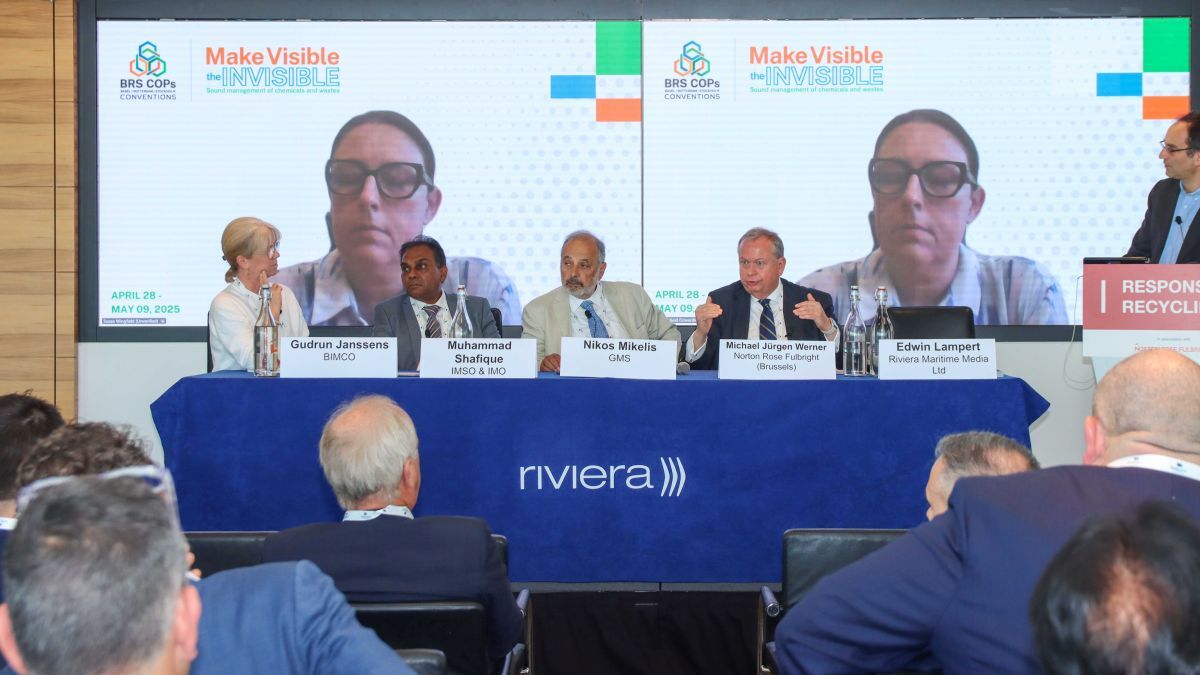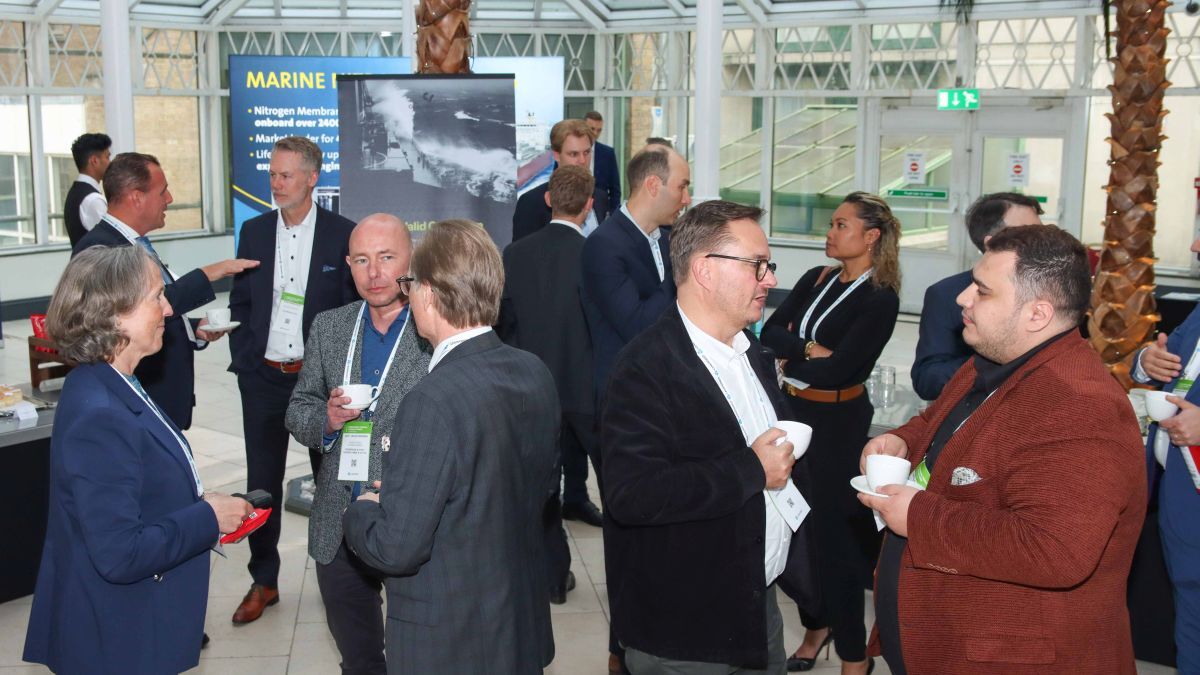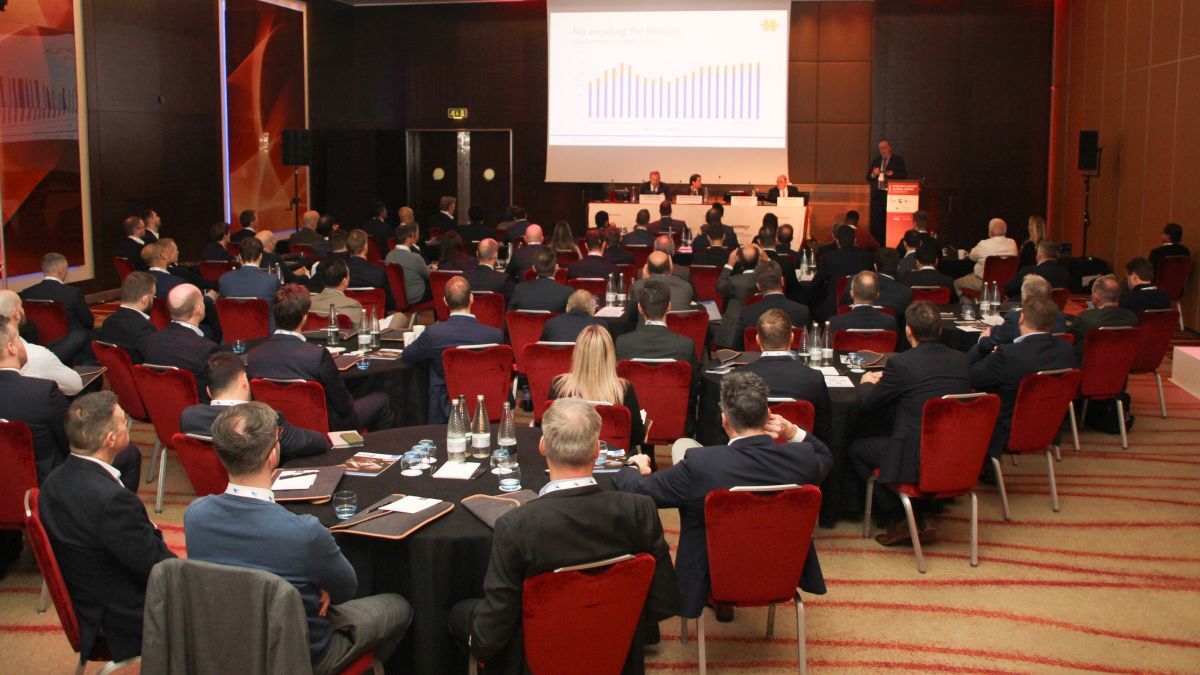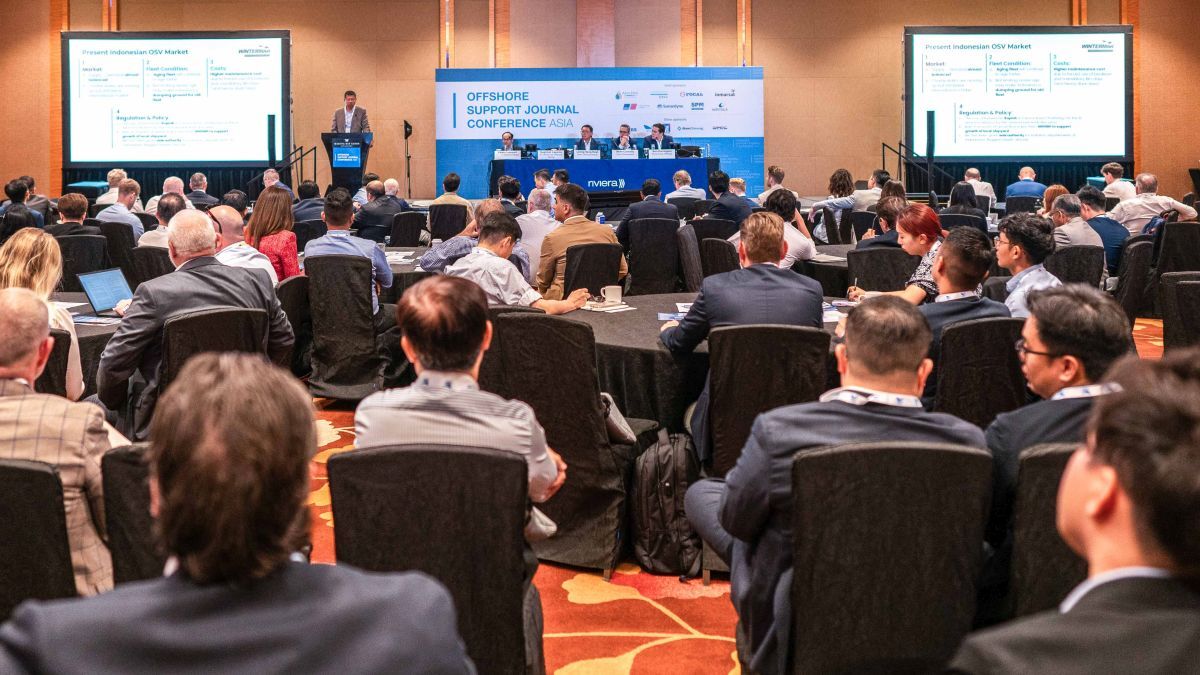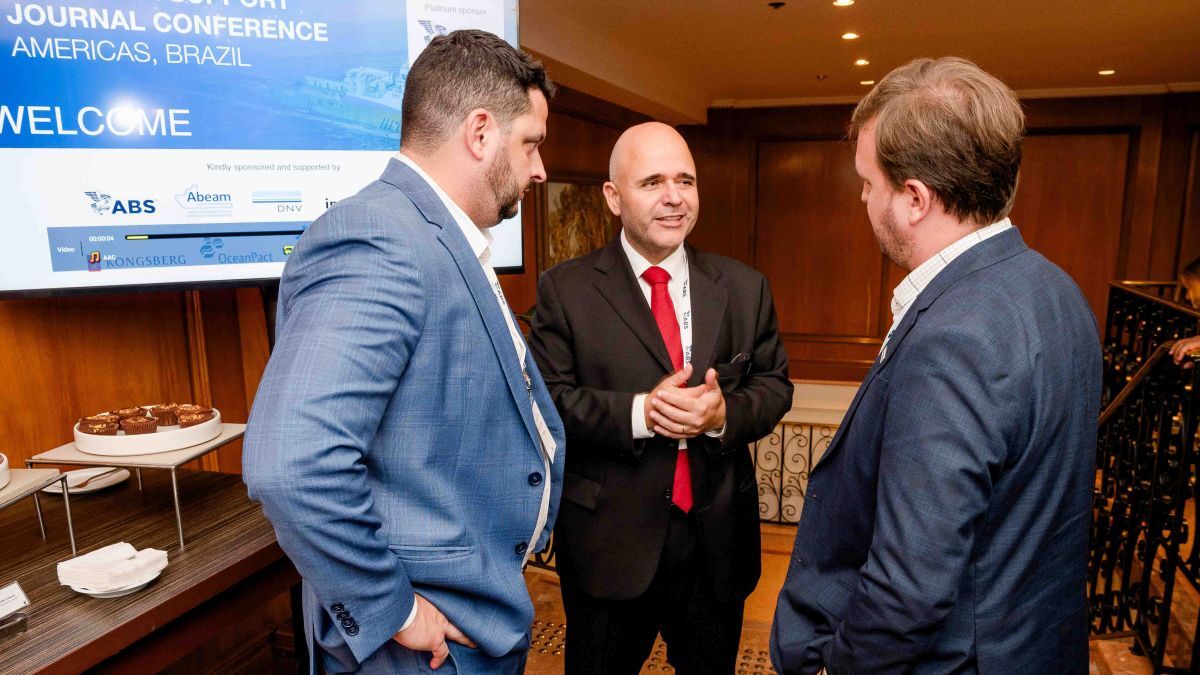Business Sectors
Events
Ship Recycling Webinar Week
Contents
Hydrogen finds its moment as industry moves to commercial scale
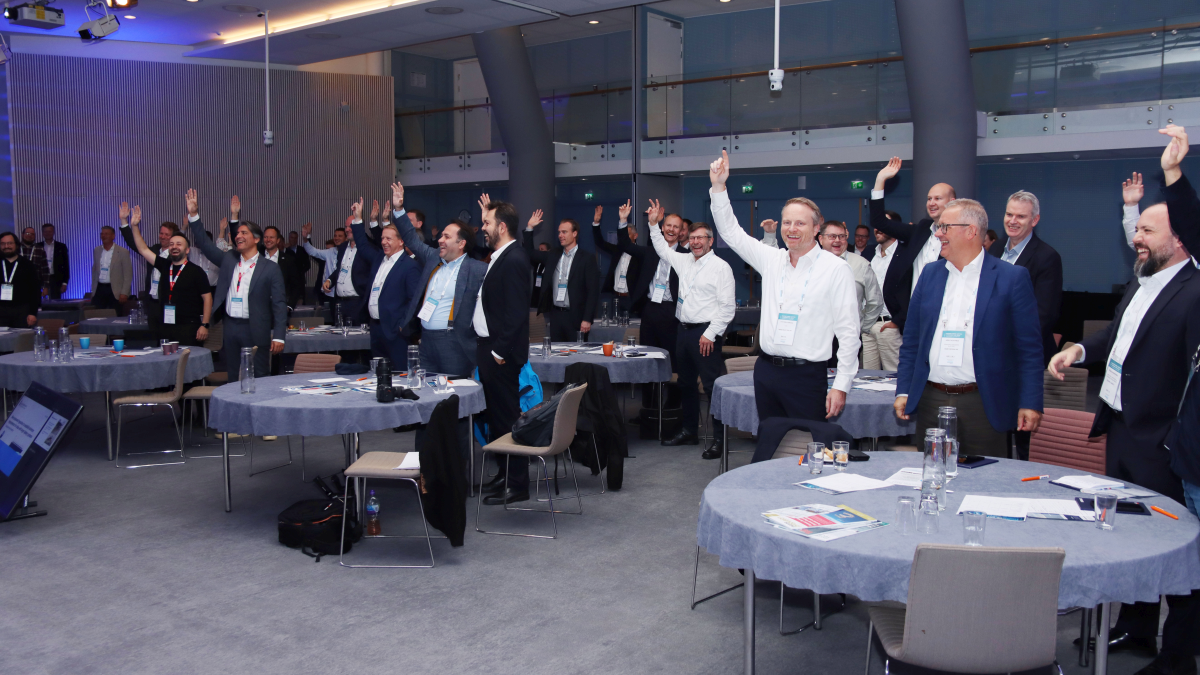
Delegates at Riviera’s Maritime Hydrogen Fuel Cells Conference heard that maritime hydrogen has moved decisively from technology validation to commercial co-ordination, demanding aligned investment across production, infrastructure, vessels and policy.
Operational proof points multiply
Ivan Østvik of LH2 Shipping presented convincing evidence of technological maturity. Norway’s Hydra ferry has clocked 2.5 years with zero incidents, leakage or boil‑off, achieving the fleet’s highest reliability. Two Samskip container vessels launching in early 2027 will bunker 15 tonnes weekly on the Moss–Amsterdam route. Mr Østvik’s lifecycle analysis shows liquid hydrogen can now match diesel costs once EU ETS and FuelEU Maritime measures are included. “Running costs could be lower than diesel,” he said.
Future Proof Shipping’s Sander Jensen reinforced the operational case with inland‑barge results: more than 200 trips completed, 75,000 containers transported emissions free, and 2,000 tonnes of CO2 saved every year, without a single safety incident. “The technology is proven,” he affirmed. “Now we need opex support to bridge current operating costs until scale delivers natural competitiveness.”
Norwegian Hydrogen’s Jens Berge framed this as a natural maturation. “Five years ago, we attracted innovators; today, hundreds of skilled professionals are concentrating on viable projects. Supply and demand have demonstrated feasibility. Our task now is aligning framework conditions to enable full deployment.”
Infrastructure aligns ahead of demand
Steven Jan van Hengel from the Port of Rotterdam described readiness gathering pace: Shell’s 200-MW electrolyser will be commissioned next year, with ship‑to‑ship liquid hydrogen bunkering targeted for 2028–2029. Around 90% of Rotterdam’s hydrogen supply will be imported from Norway, the Middle East and Australia. “Projects are establishing the conditions for policy to follow,” Mr van Hengel noted. “By 2027, we’ll have six months of live bunkering. When volumes grow, momentum accelerates.”
Elin Ulstad Stokland of Enova highlighted Norway’s co-ordinated approach despite more than €700M (US$814M) already committed. “We’re building the first complete hydrogen value chain through systematic testing and validation,” she explained. “Success means the technology standing on its own commercially. And that’s our goal.” Her call for collaboration underscored the opportunity ahead.
Vegard Frihammer of Corvus Energy positioned a decade of preparation as strategic foresight. “We’ve remained ready through every market cycle. When regulation stimulates demand, we’ll deliver at scale.” Toyota’s Gen 3 fuel cells, launching this year, double output to 250 kW, cut costs sharply and push efficiency beyond 50%.
2027: the commercial inflection point
The panel converged on 2027 as the moment maritime hydrogen tips into full commercial momentum. Mr Berge expects major shipowners to sign long‑term offtake contracts and projects to reach financial close with bank support. Mr Østvik announced LH2 Shipping’s own milestone, “We’re building 20–25 vessels with confirmed contracts and producers delivering 80 tonnes of hydrogen a day. We’re securing megawatt fuel cells and slots now.”
Ms Stokland anticipates shipyards fully booked with hydrogen vessels and earlier projects entering operation. Mr Frihammer pointed to the Hydra and Topeka ferries as catalysts, “Their success makes zero emissions the new standard for future tenders.”
Mr Van Hengel emphasised operational continuity, “Half a year of consistent bunkering activity proves commercial viability and drives price competitiveness.”
System integration accelerates deployment
François‑Eudes Ruchon of ComAp Group connected hydrogen’s integration challenge to hard‑won experience from battery vessels exceeding 25 MWh. “Hydrogen is an evolution, not a revolution,” he said. “DC systems already provide a familiar platform. The priority is integrating fuel cells into unified vessel systems, not optimising components in isolation.”
He also urged greater transparency between suppliers and integrators. “When fundamentals such as voltage range are openly shared, technology choices become strategic rather than speculative. Shared knowledge speeds everyone’s progress.”
The collaborative advantage
The conference itself became a case study in co-ordination. Delegates submitted 118 questions. The top concerns were cost competitiveness, technical implementation and range capability, signalling an industry focused on practical deployment rather than theory.
The message was clear: technology validation is complete, and commercial alignment is now in motion. With Hydra’s flawless record, Future Proof’s 700 container swaps and Corvus’s new fuel‑cell gains, technical readiness is proven. Rotterdam’s 2028 infrastructure, Enova’s targeted funding and operators’ 2027 delivery schedules confirm momentum along the full value chain.
Three forces will now accelerate scale: transparent specifications that unlock integration, transitional opex support to bridge competitiveness, and binding commitments aligning interdependent investments. As Mr Berge summarised, “We already have people, skills and technology in the water; the right framework conditions will now unleash deployment.”
Delegates left with concrete intelligence on timelines, costs and partnerships that remote participation could never replicate. The informal sessions, ship visit to Fjord1’s Commodore‑class electric ferry and lively networking turned intelligence‑gathering into problem‑solving. Attendees weren’t just hearing about hydrogen’s future, they were designing the mechanisms to deliver it.
Those who missed the event missed the sector’s clearest statement yet: distributed excellence is now converging into commercial reality.
The next Maritime Hydrogen Fuel Cells conference convenes in 2026. Contact Indirt.Kruja@rivieramm.com for early registration and sponsorship opportunities.
Upcoming Events
Ship Recycling Webinar Week
International Bulk Shipping Conference 2025
Tankers 2030 Conference
Maritime Navigation Innovation Webinar Week
Closing the Perception Gap: Safer Navigation in Busy Waters
Floating energy: promise, peril, and what comes after
Offshore Support Journal Conference, Middle East 2025
Maritime Regulatory Webinar Week 2025
© 2024 Riviera Maritime Media Ltd.

